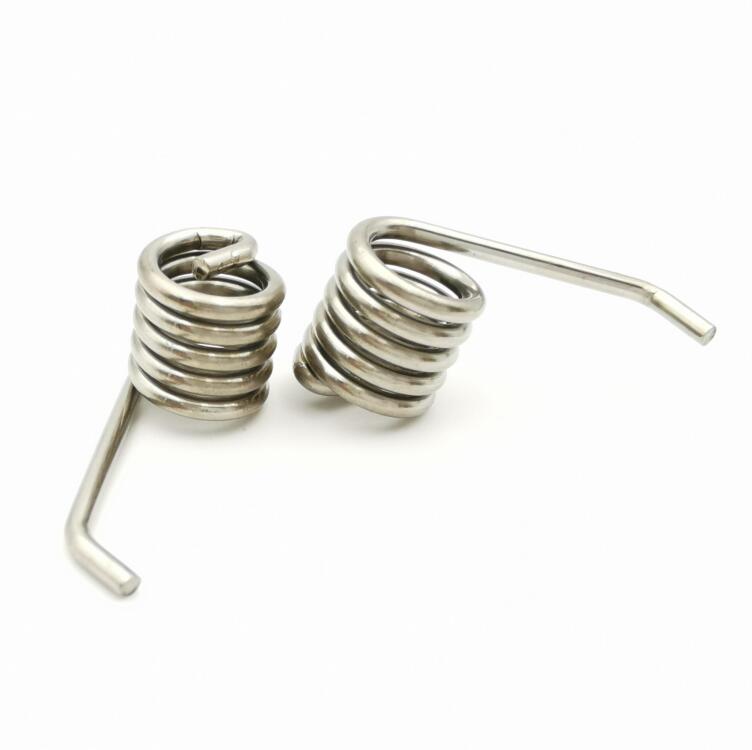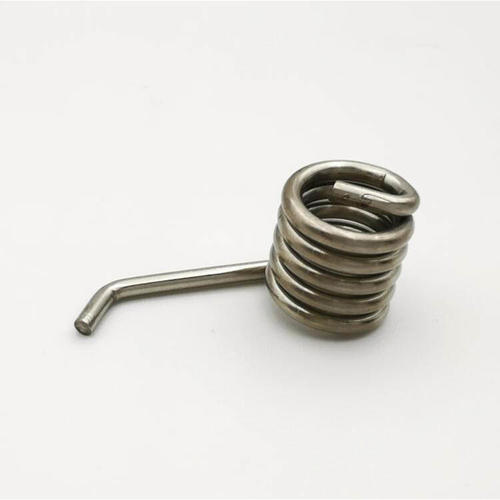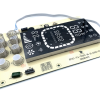
How Helical Torsion Springs Improve Mechanical Systems: A Deep Dive
Helical torsion springs are fundamental mechanical components known for their ability to store rotational energy when twisted. These springs are widely used across various industries due to their efficiency and reliability in providing torsional forces. In mechanical systems, helical torsion springs play a crucial role in maintaining stability, absorbing shocks, and ensuring precision.
Working Principle
Helical torsion springs operate based on the principle of torque and angular deflection. When a force is applied to the ends of the spring, it rotates about its axis, exerting a torque proportional to the angular deflection. The spring's design determines its stiffness, which is crucial for achieving the desired torque under specific conditions.
Applications in Mechanical Engineering
Helical torsion springs find extensive applications in mechanical engineering, particularly in demanding sectors such as automotive, industrial machinery, and aerospace.
- Automotive Industry: These springs are used in automotive systems like suspension assemblies, clutch mechanisms, and steering systems. They ensure smooth operations and contribute to vehicle safety and performance.
- Industrial Machinery: In manufacturing equipment and machinery, helical torsion springs are vital for maintaining precise alignment, tension control, and operational reliability.
- Aerospace Sector: Aerospace applications require lightweight yet durable components. Helical torsion springs are employed in aircraft landing gear, control systems, and flap mechanisms, providing critical functionality under extreme conditions.
Advantages of Helical Torsion Springs
Helical torsion springs offer several advantages that make them preferred choices in mechanical systems:
- Efficient Energy Storage: These springs efficiently store and release energy, ensuring smooth and controlled motion.
- High Durability: Designed to withstand repetitive loading cycles, helical torsion springs exhibit excellent durability and longevity.
- Customization Options: Manufacturers can tailor the design of these springs based on specific application requirements, including material selection, coil diameter, and end configurations.
Design Considerations
The performance of helical torsion springs is influenced by various design factors that engineers carefully consider during the manufacturing process:
- Material Selection: Choosing the right material is critical for achieving the desired strength, fatigue resistance, and corrosion protection.
- Coil Diameter and Pitch: Parameters like coil diameter and pitch determine the spring's stiffness and allowable deflection range.
- End Configurations: Different end configurations, such as straight or hooked ends, impact the spring's mounting and operational characteristics.
Conclusion
Helical torsion springs are indispensable components that significantly enhance the functionality and reliability of mechanical systems. Their versatility, combined with efficient energy storage capabilities and customizable designs, makes them essential across diverse industrial applications. Understanding the working principles and design considerations of helical torsion springs is crucial for engineers and manufacturers aiming to optimize mechanical performance and ensure operational excellence in their systems.







